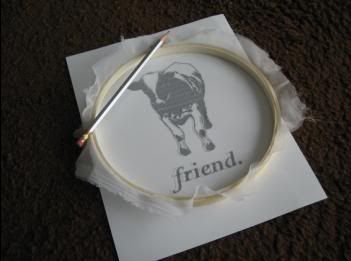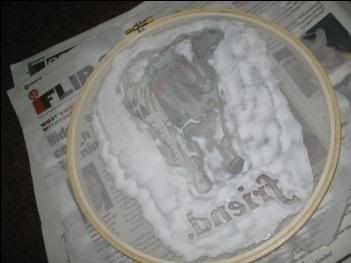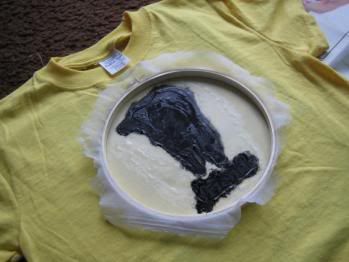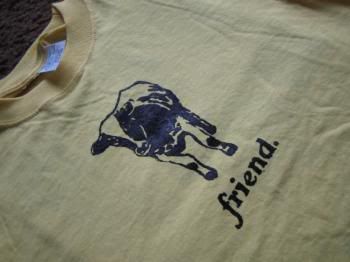
Cabled Bib (knit)
Size 9 needles
Worsted weight cotton yarn
Tapestry needle
Cast on 30
P1, K4, P1 - K2, P2 across - P1, K4, P1 (front)
K1, P4, K1 - P2, K2 across - K1, P4, K1 (back)
Continue with the P1, K4 cable, P1 on either side of the K2, P2 ribbing for 5 rows (ending with a back side row)
Cross the 2 by 2 cable every other knit row, stockinette after 5 rows of ribbing
Continue until bib is square, end with K2, P2 ribbing for 5 rows
Cast off 24 stitches, continue right side cable - P1, K4, P1
Continue until neck strap is 1" less than desired length, knit button hole (2 stitches)
Finish two more rows, cast off, weave in ends

To make button: http://www.ehow.com/how_4862520_make-yarn-buttons.html
I used plastic from some packaging and cut it to my desired diameter instead of buying rings. Stitch it on, and voila!

Ring Toy (crochet)
Size F hook
Worsted weight cotton yarn
Tapestry needle
Ch 6
Join together to form circle
Sc in front loops only until piece is approximately 6" long (or until yarn pattern repeats evenly)
Fasten off, stitch together to form circle with tapestry needle, weave in ends


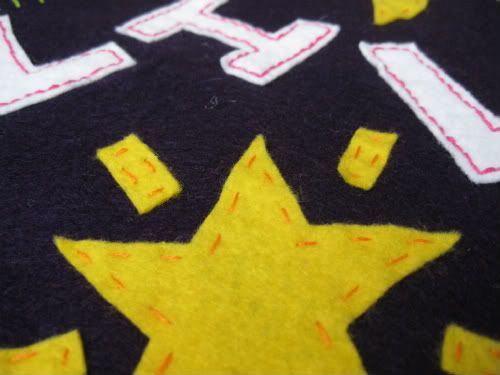


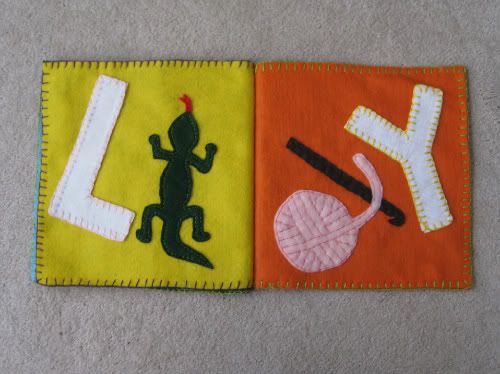








.jpg)











